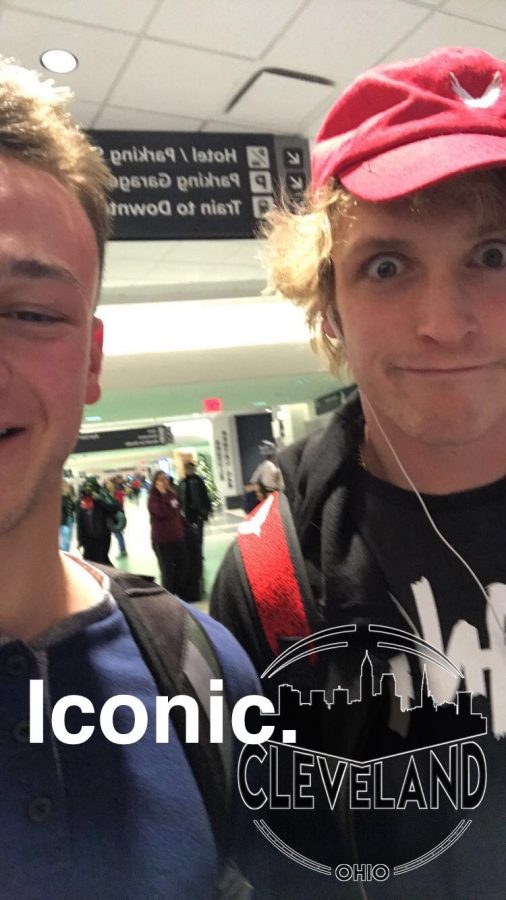Logan Paul’s behaviour sheds light on Youtube’s content
Mental health is a real issue, and Logan Paul failed at every point to convey this important message in his video.
Senior Michael Hunter met Logan Paul recently.
The start of a New Year often brings with it the hope of a better one. It’s a time when people resolve to improve where the previous year had been flawed. It’s a chance to start again, and for many of those with mental illness, making it into a new year marks an important achievement. Unfortunately, for many of those struggling, 2018 began with a harsh reality that even as we move into a new year, society still doesn’t understand how to deal with mental illness.
This difficult truth was cast into the national spotlight when famous YouTuber Logan Paul made a video exploiting a man who had recently taken his own life in an attempt to bolster his own self-purpose––to show how much he cares about mental health.
On January 2, Paul uploaded his 487 installment of his daily vlog series. In the video Paul and some of his friends decide to explore Aokigahara, a National forest in Fujikawaguchiko, Japan. The forest is known as the “suicide forest” to locals due to the large amount of people who enter with the intent of taking their lives. Paul originally went into the forest to focus on the spooky aspect, but the video quickly took a dark turn when the group found the body of a man who had recently committed suicide. This was when the vlog became so controversial.
Paul decided to not only keep the body in his video (which in and of itself is awful), but he moved in closer and zoomed in. He tried to blur the face, but it still felt extremely disrespectful. It felt to most viewers like something private that millions of people should not be seeing. Paul was filmed laughing and making jokes not two feet from the body of a man who had loved ones who would be mourning his loss after they discovered what he’d done, as it hung a lifeless symbol of the turmoil that caused him to end his own.
While laughing and acting weird after seeing the body of someone who died might be a real reaction, there is no need to keep it in the video. Paul doesn’t explain his reactions and the meaning behind them, so instead it just looks like he laughed at the body of someone who committed suicide. Paul’s audience is mostly made up of little kids and teens. This is a dangerous lesson to have them see.
Paul was heard joking, “what you’ve never seen a dead body?”
His discomfort was clear in his face to anyone that knew to look for it, but for the vast majority of his preteen followers, it looked as if he genuinely found humor in the situation. Paul made the extremely dangerous decision to attempt to save face for the vlog rather than cancelling it altogether and instead explaining the depth of what he had seen witnessed.
This precedent, although dangerous for all adolescents to hear, takes on another level for anyone struggling with their mental health. It shows that mental illness can be used as clickbait, or a form of entertainment, even after it takes a life. Paul began his video claiming that it was the most “real” video he’d ever made, that he’d be teaching an important lesson to his followers, and that it was a must watch for anyone struggling.
However, as the video continued, it became clear that Paul’s vlog was anything but “real,” an important lesson, or even a recommended watch for people grappling with mental health. The only lesson Paul teaches is that it’s okay to do whatever you think you need to in order to get views.
But we’d like to make it clear now, that that is never the case nor ever a valid excuse. As a prominent YouTuber Anna Akana says best “You do not walk into a suicide forest with a camera and claim mental health awareness.”
Paul was right when he said that mental health is a real issue, but he failed at every point to convey this important message in his video. We now write directly to anyone struggling, anyone weighed down by depression or anxiety, anyone desperate for help in their fight––your mental illness is real, it is valid, and it is nothing to be ashamed of.
If you feel you are in crisis, please call the National Suicide Prevention Lifeline. It is a free, 24-hour hotline, at 1.800.273.TALK (8255).





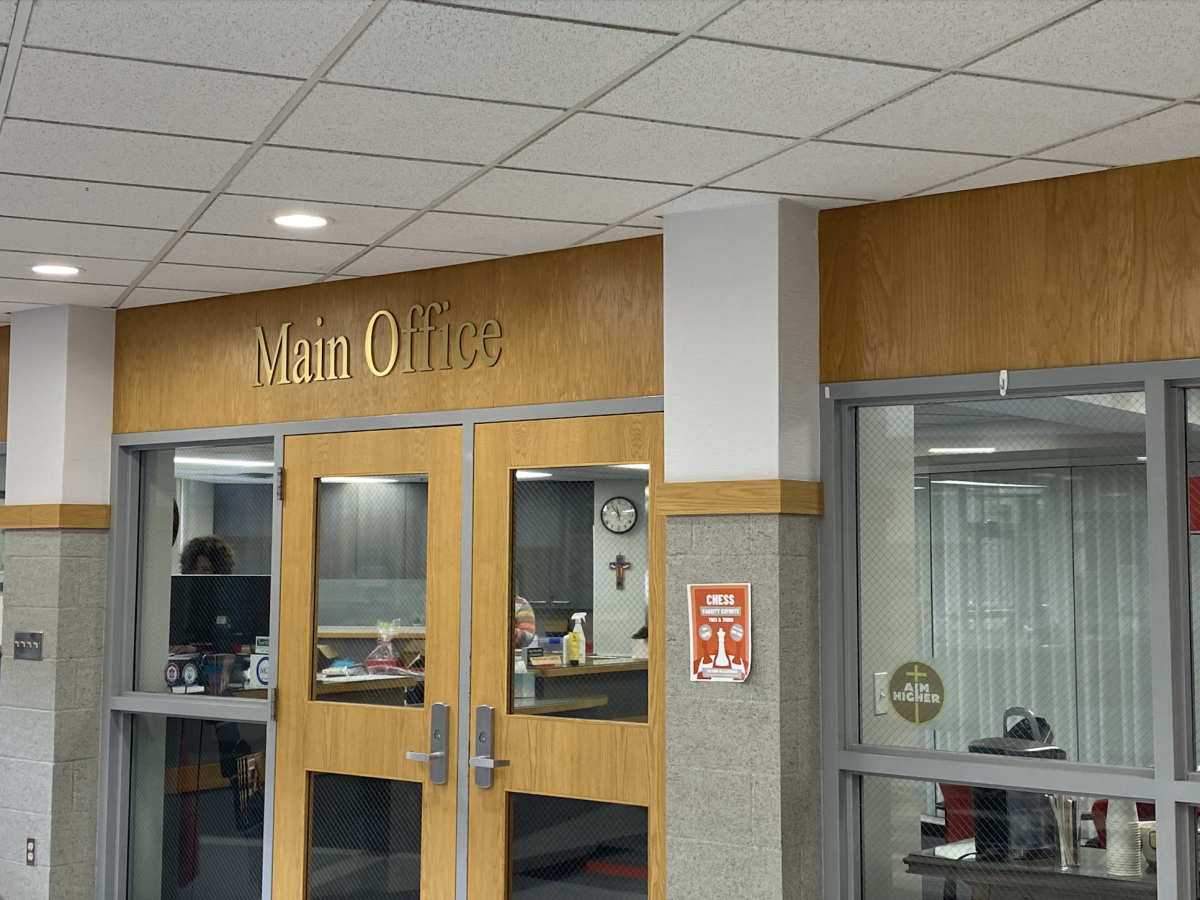
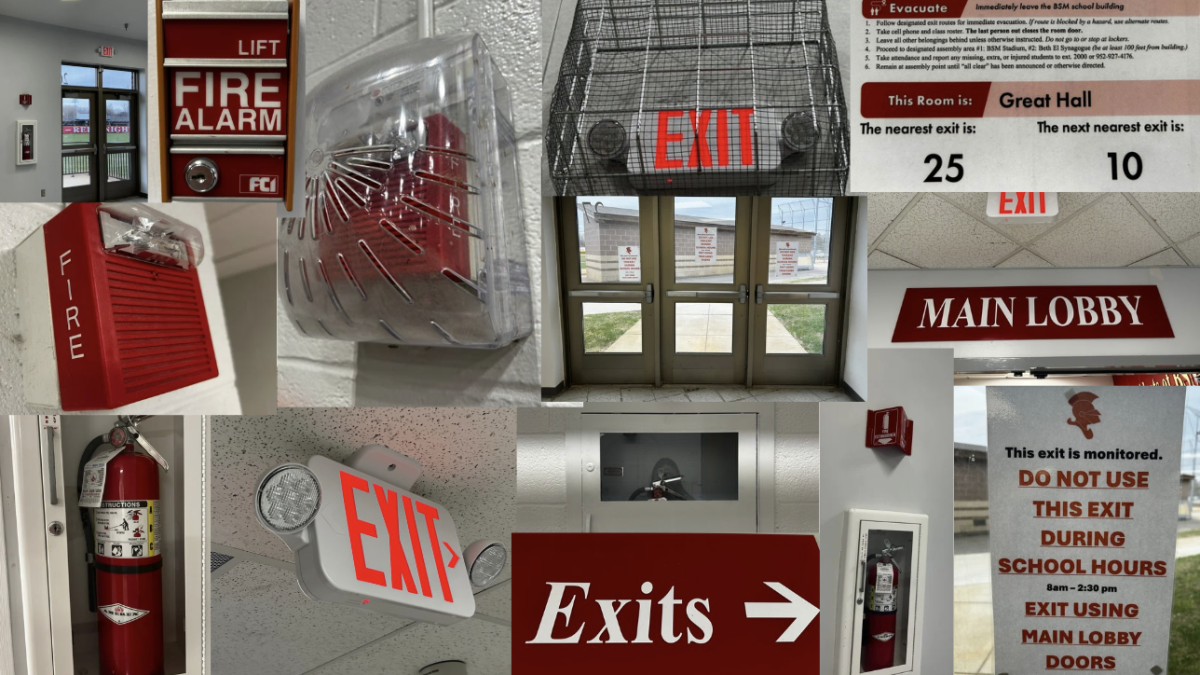
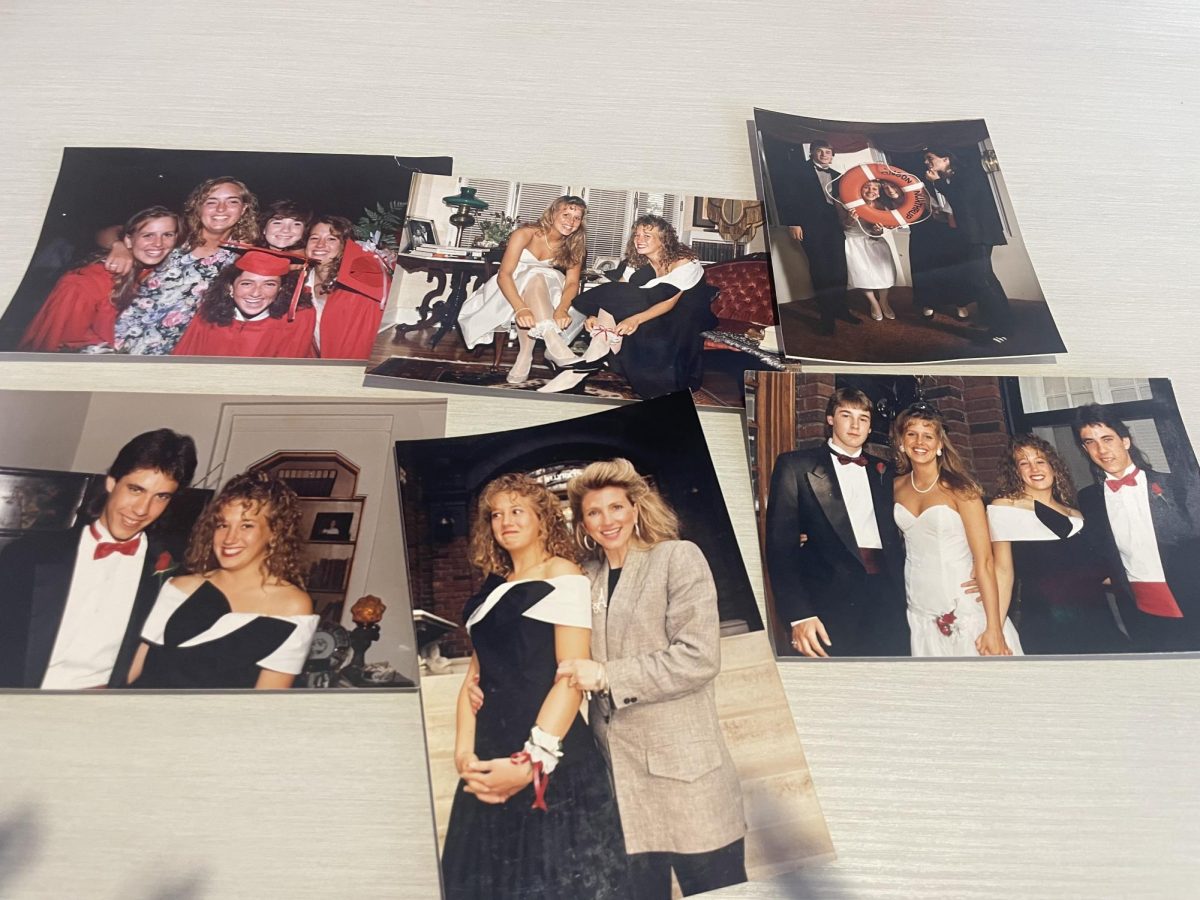
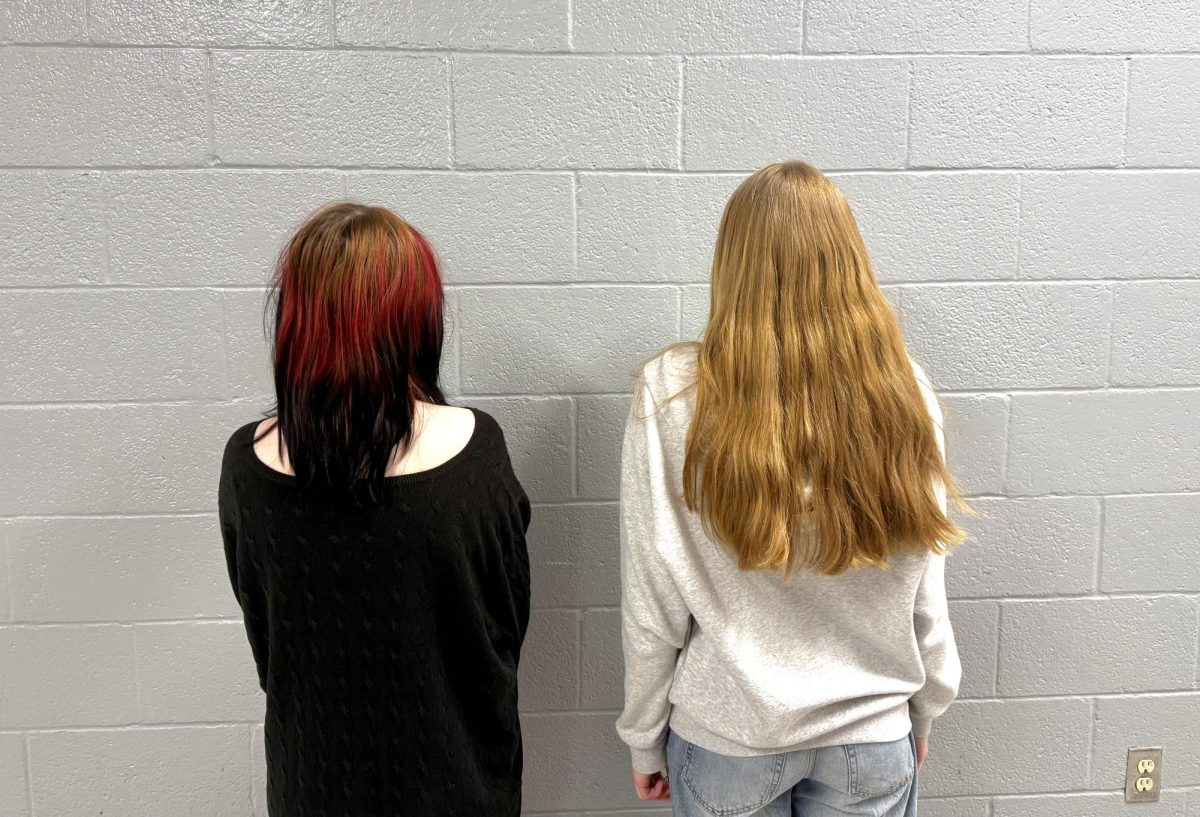

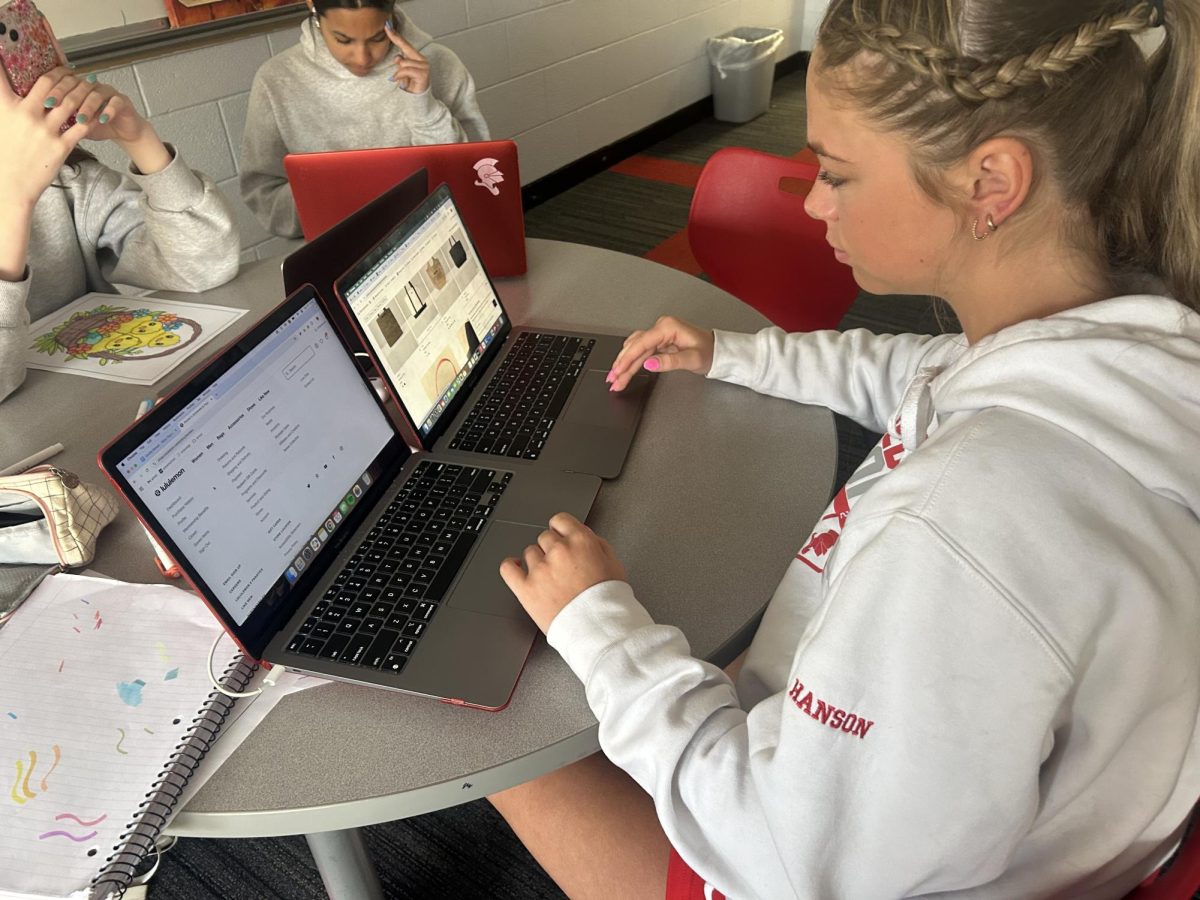


















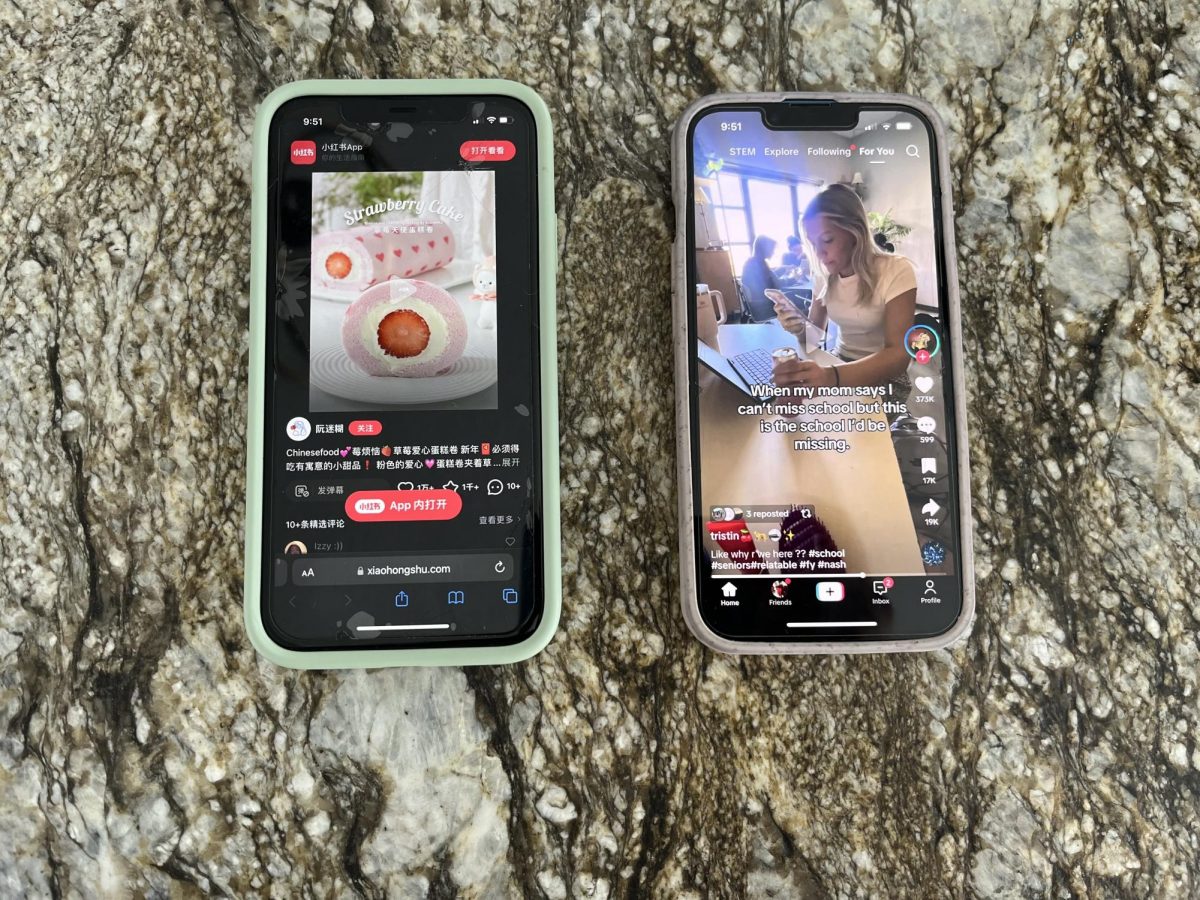






![Teacher Lore: Mr. Hillman [Podcast]](https://bsmknighterrant.org/wp-content/uploads/2025/03/teacherlorelogo-1200x685.png)




